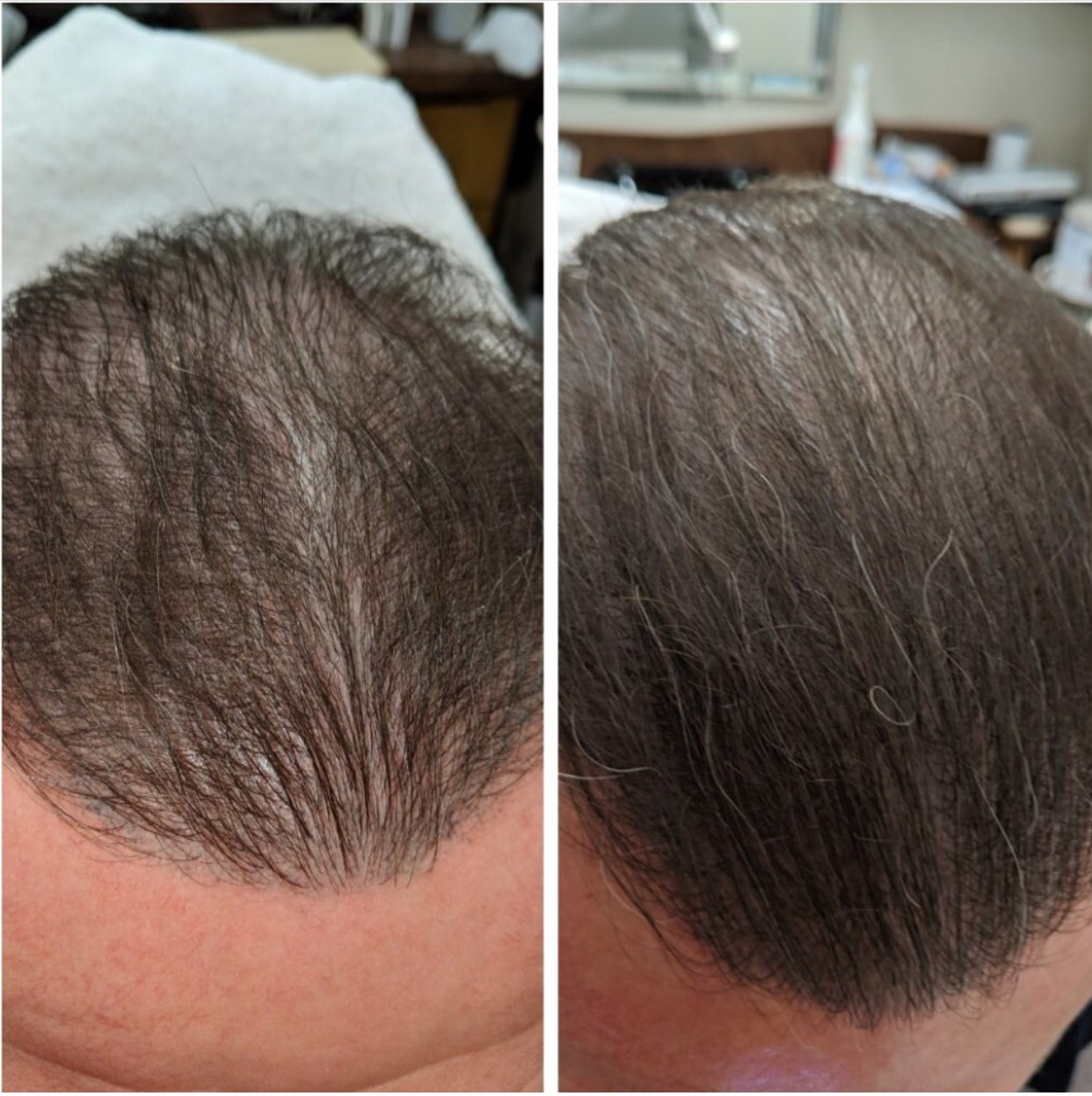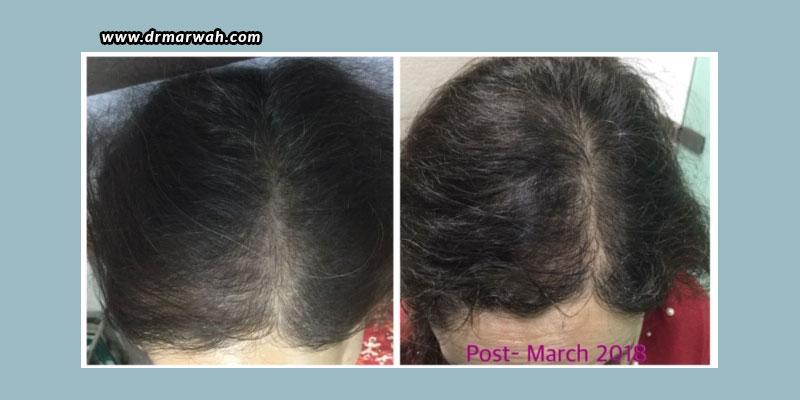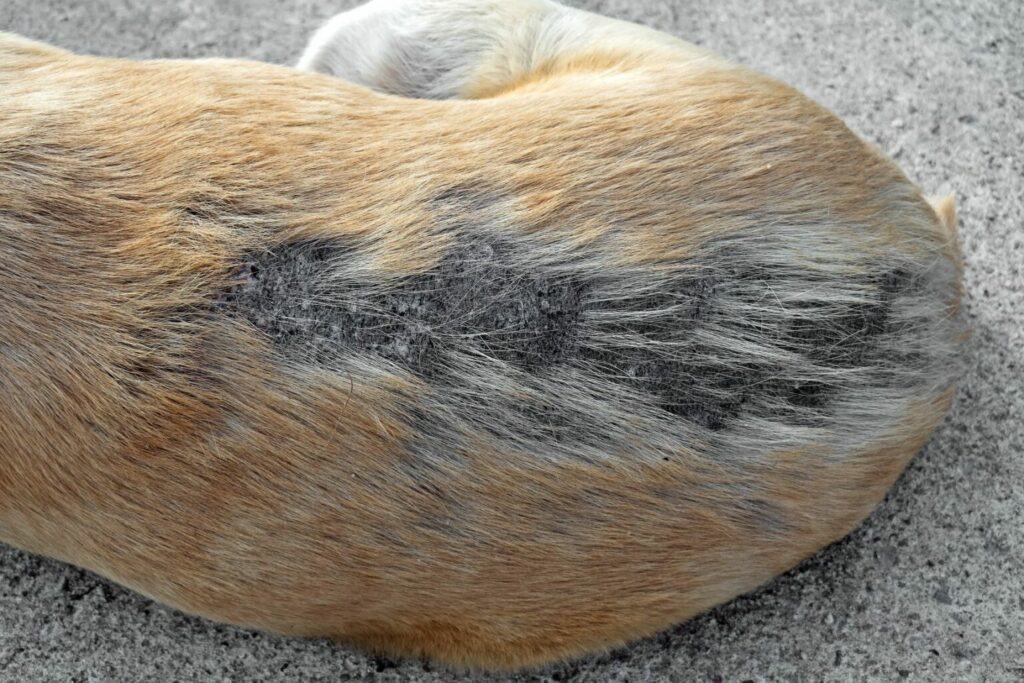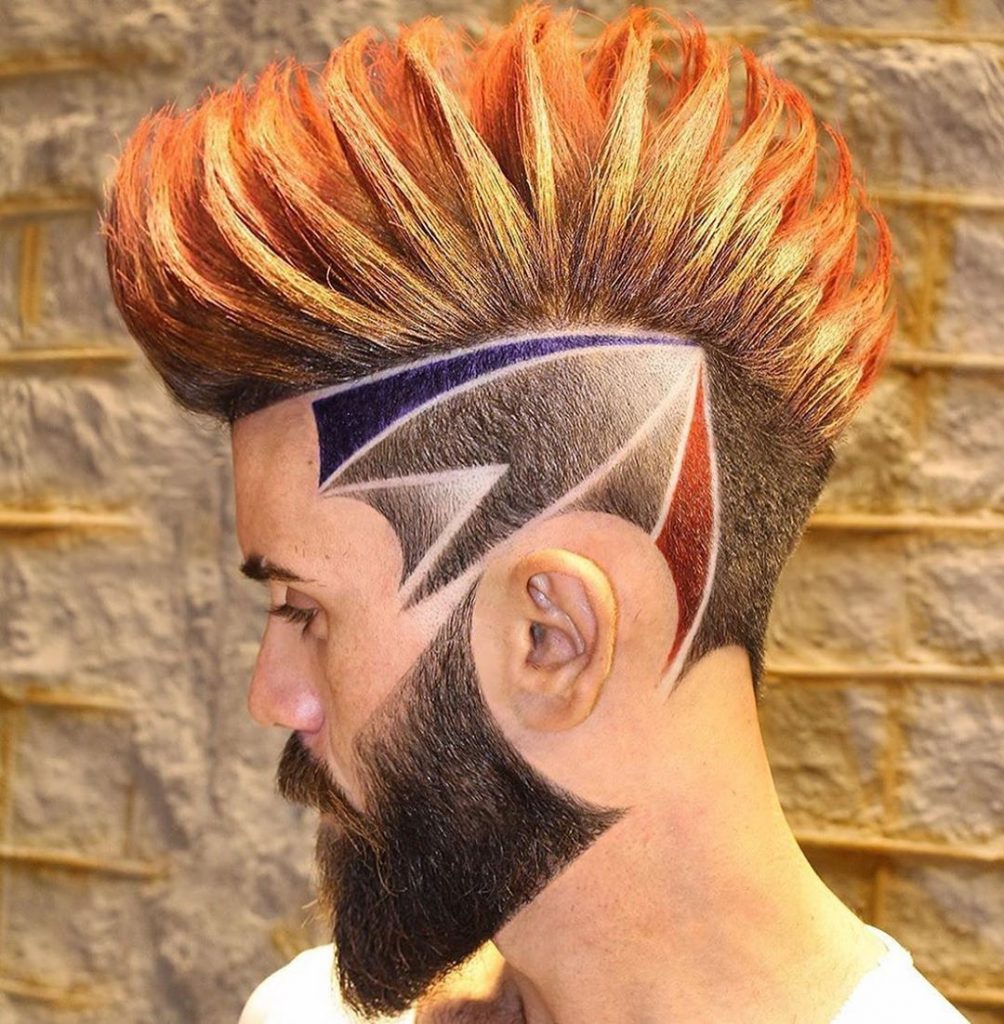Table Of Content

To maintain hair growth, PRP injections are typically repeated monthly for a 4-month period. Did you know that hair loss in women is actually very common? Up to 50% of all women will experience noticeable hair loss in their lifetime, often deeply affecting their self-esteem and confidence.
Platelet-Rich Plasma (PRP) Injections for Hair Loss
Although it has been widely used, the exact mechanism of action of PRP is still not fully elucidated. In this article, we aim to review and update current information on the definition, classification, mechanism of action, clinical efficacy in hair regrowth, and adverse events of PRP. Platelet-rich plasma (PRP) therapy for hair loss is a minimally invasive treatment that uses a person’s own blood to promote hair growth.
Before & After Images by Provider
There’s no risk of contracting a communicable disease with PRP therapy because it involves injecting your own blood into your scalp. Between 10 to 60 milliliters (mL) of your blood is drawn, typically from your arm, and put into a centrifuge. This is a machine that spins rapidly to separate fluids of different densities. Platelets play a role in the clotting of your blood, but they also contain cytokines and proteins that promote growth, healing, and rejuvenation. It works by drawing blood, processing it, then injecting it into the affected area.
Acid Reflux Drugs May Heighten the Risk of Migraine Attacks and Severe Headaches
Dozens of over-the-counter supplements and products purport to reverse hair loss, making it tough for patients to know which ones work and which don’t. The removal process is generally not painful, but the injection process, depending on the site, can be painful. This pain can be reduced by applying topical analgesics prior to injections or the use of distraction techniques (applying vibrations to sites during the procedure). You can also use ice or take a pain reliever after the procedure (but avoid NSAIDS). After four PRP treatments, they had about 30% more growth in thinning areas. When PRP is injected after an injury, your doctor may recommend that you rest the affected area.

For some patients, PRP treatments are only needed for a short period of time. Those with chronic types of hair loss, however, may need long-term maintenance treatments. Doctors inject plasma into the scalp where hair loss has occurred. They typically administer injections monthly for three months, then spread them out over about three or four months for up to two years. The injection schedule will depend on your genetics, pattern and amount of hair loss, age and hormones.
Frequency of PRP sessions
But it takes a few months to see results and it can be expensive, costing as much as $1,500 per treatment. “Think of it as giving growth factors to make the hair grow, but it doesn’t address any of the other side — it doesn’t address any of the hormonal or genetic tendencies,” she says. She recommends going to a board-certified dermatologist rather than a plastic surgeon because a dermatologist will be able to offer PRP in addition to medical treatments. As with almost all non-surgical treatments for hair loss, the best candidates are those with thinning hair rather than complete baldness and for those who have experienced more recent hair loss. Thinning hair is more common in younger individuals, but anyone with thinning hair loss may benefit from the treatment. As noted earlier, individuals with naturally high platelet levels have an advantage over those with lower platelet levels, as the quantity of growth factors administered will be greater in the former group.
Platelet-Rich Plasma in Alopecia areata: A Case Report With a Mini Review of Literature - Cureus
Platelet-Rich Plasma in Alopecia areata: A Case Report With a Mini Review of Literature.
Posted: Tue, 09 May 2023 07:00:00 GMT [source]
Does PRP Have Side Effects?
(9) Typically three sessions are required, each a month apart. Additional maintenance sessions may be needed in the months after the initial sessions. Some clinics offer deals with a lower price for a set number of sessions. The cost of platelet-rich plasma (PRP) varies greatly depending on where you live and which clinic you use. How experienced the medical professional is and the quality of the equipment they use will also have an impact. The risk of these side effects is low, and some studies have reported no side effects from the procedure.

action: 'healthbeat'
The technician injects the plasma into areas on the scalp affected by hair loss — usually about 15 to 20 injections per PRP session, Khetarpal says. Platelets are blood-cell fragments that are critical to normal blood clotting function and that also contain several different growth factors. Growth factors are proteins that signal the body to generate specific tissues, such as blood vessels and skin, after an injury, as well as many other functions. With PRP, blood from a patient is centrifuged into separate layers, including red blood cells, plasma, and a buffy coat layer where all the platelets are concentrated.
PRP Therapy Benefits
Drink more water, your hair also needs water to stay hydrated. DuskySkin experts suggest drinking more water on a daily basis for better hair. Due to the downward trend in respiratory viruses in Maryland, masking is no longer required but remains strongly recommended in Johns Hopkins Medicine clinical locations in Maryland.
His clinic is spacious and have multiple treatment related to skin and hair, having good results as well. Dr. Zainul Hamdani is a consultant Dermatologist, Cosmetologist, Trichologist practicing in Mumbai & Navi Mumbai. He has an experience of more than 10 years in the treatment of numerous hair & skin problems.
New low-level lasers keep coming out, pills and topical treatments from easy DTC companies, even new hair transplant surgeries that look nothing like those hair plugs from years ago. Ginkgo Biloba, Garlic, Vitamins A and E, flax oil, and cumin can interfere with the healing process of your PRP treatment. Avoid the following for a few days to a week after your hair growth treatment. Additionally, follow-up appointments allow patients to discuss any concerns or questions about their treatment progress or hair loss management plan. Ensuring that the treatment approach is customised to match the patient’s requirements and goals requires open lines of communication between healthcare practitioners and patients.
The International Society of Hair Restoration Surgery (ISHRS) is a global non-profit medical association and the leading authority on hair loss treatment and restoration. The substance injected is autologous, meaning it was obtained from the patient’s own body, eliminating the risk of blood or tissue borne pathogens. Assuming the procedure is carried out in an aseptic manner, there is little risk of infection from the injections themselves, although it is not possible to sterilize the surface of the scalp. Thus, local and temporary pain at the injection sites is the principal risk.











